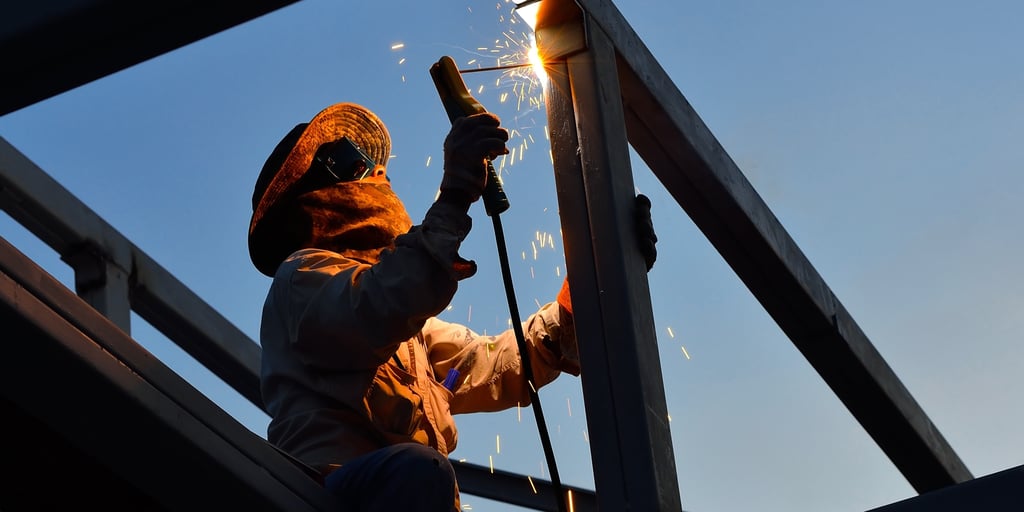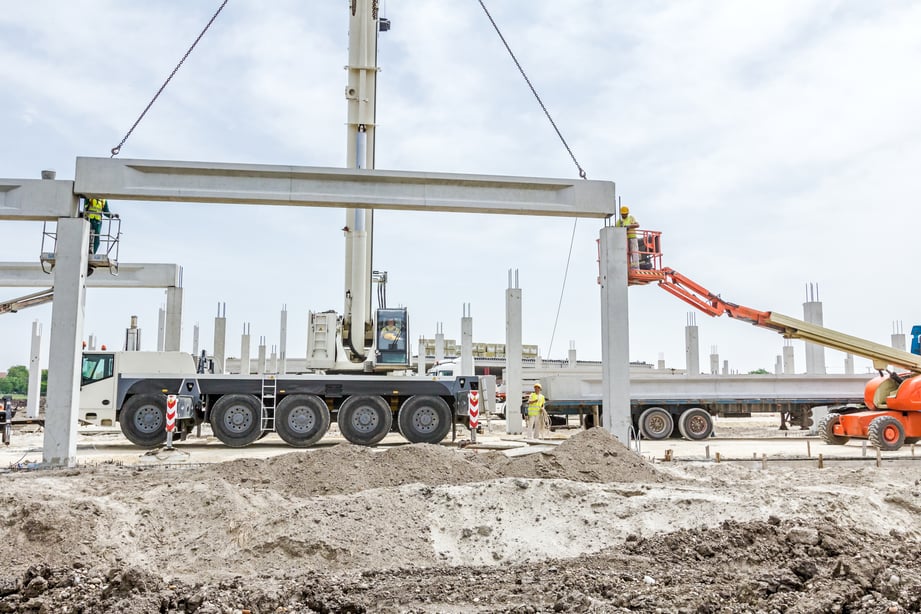In February 2016, a man seriously injured his arm while doing the maintenance on a moving ramp of a subway station. He later succumbed to his injuries at the hospital. The victim, who was not yet thirty years of age, worked for a contractor (Montreal Gazette).
Workplace accidents affect everyone, including workers in subcontracting. However, the responsibility for risks related to occupational health and safety (OHS) incurred on a site does not solely lie with the contractor. On the contrary, under the Canadian federal and provincial legislation, the main contractor must ensure the health and safety of its own employees and sub-contractors. See here the three types of OHS risks of outsourcing: physical, psychological and consequential risks.
Physical Risks
Health and safety at work; we think of the physical risks right away. Among them are the first of many possible injuries - burns, concussions, dislocations, abrasions - including the most common (as of 2013) are sprains, cuts (perforations, bites) and fractures. Unfortunately, the physical risks do not end there, since a major accident can lead to the death of a worker under contract. Minor or serious, these injuries should never be trivial in the eyes of the main contractor, as under provincial and federal legislation of Canada, the buyer of the contractual services could be partly responsible. Canadian provinces are updating their workplace legislation to protect contractors.
To avoid such incidents - some of which can occur in the course of work, not only in performance - the company must implement all safety measures in the workplace corresponding to the risks incurred; this is called due diligence. Caution is always implied, as the construction sector is one that has, year after year, a sad record of deaths at work, as indicated by the national statistics on accidents at work program (NWISP): 217 fatalities in the country were identified in 2017, which is a little improvement compare to 221 in 2013 and 232 in 2014.
Psychological Risks
When the physical health of a contracted worker is impaired, the damage does not stop at the physical dimension. Often, you have to deal with psychological repercussions of victims, their families or colleagues who witnessed the incident or were involved, whether employed by a contractor or a main contractor. A post-traumatic stress disorder may arise and create a behavior that affects productivity at work, and therefore, a loss of revenue to the main contractor. That's not counting the interruption in the production process caused by the accident, the duration of the investigation, and the replacement of workers involved, etc.
Aside from the negative psychological impact on the people involved, the reputation of the buyer’s contractual services can suffer from this incident as well; print media, social networking, word-of-mouth ... all media will converge on a single fact: that the instructing party does not provide a safe workplace and in fact poses real OHS risks. What contractor will want to entrust their human resources?
The Consequential Risks
Contractor: Ultimately responsible and suffers the consequences
Among the OHS risks we think too little about, are the consequential risks, that is to say those giving orders that entrust their work to a contractor. These may necessarily result in direct and indirect costs for the company. Firstly, in the case of accidents at work with bodily injury or death, the production process is likely to be interrupted - or in the best case, slowed - to conduct an assessment of the situation and replace the worker. Should a confirmed non-compliance on the part of the party giving orders offending be determined, fines or penalties may be imposed by local and international organizations of regulation.
Depending on the degree of severity of the accident, an internal or external investigation may be required under the rules of the Standards Commission, equity, health and safety (CNESST). Note that a survey conducted by an external professional service may incur fees representing up to $ 50,000, and could result to be even more, excluding claims or civil damages under the Criminal Code. Also in the case of a serious accident, the main contractor may also experience an increase in insurance costs. Finally, reputational consequences, an impact related to accidents at work, can cause various problems, including difficulty in recruiting and consequently, the loss of productivity resulting in a loss of income.
In sum, the OHS risks of outsourcing include not only physical and psychological risks to workers and their personal or professional environment, but also for the company doing business with the contractor. These risks, here called consequential risks, constitute a real threat to the main contractor. That's why entrusting the pre-qualification outsourcing to an internal or external team can be a smart and profitable choice.





